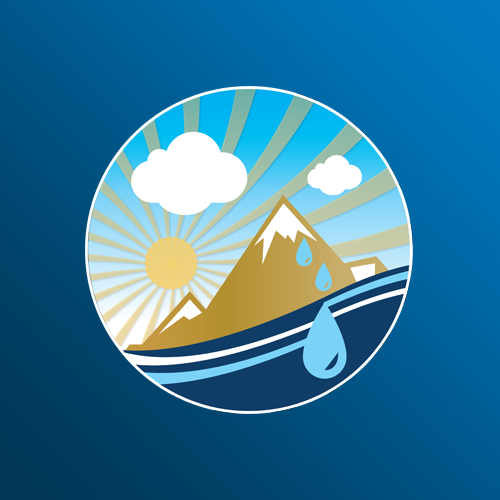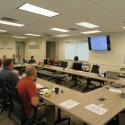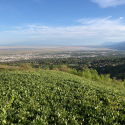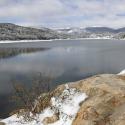Building Resilient Water Systems
Water supplies in the Intermountain West rely largely on snowmelt runoff conveyed over long distances and stored in large infrastructure projects that have made settlement and agriculture possible across the region.
Extreme weather events, climate change, and rapid demographic changes are challenging the resilience of water systems in the Intermountain West like never before. Increasing temperatures, evapotranspiration, and heat are changing snowpack and the timing of water runoff, and the duration of the wildfire season is expanding. According to the NOAA National Centers for Environmental Information (NCEI), 2020 was the driest year on record in Utah, the second driest year in Colorado, and the fifth driest year in Wyoming. In 2020, Colorado experienced its three largest wildfires on record, disasters that cost over $200 million to fight and that made international news. Such fires occurring in water catchment areas have major impacts on water supply and quality, as well as hydropower generation. The postfire landscapes are more susceptible to altered snowmelt regimes, flooding, and landslides, which can cause even more challenges. Water managers are anticipating altered snowmelt regimes following the recent record wildfire season.
These extreme events often intersect with each other, and with underlying social and physical vulnerabilities, in ways that amplify the impacts and have much larger impacts on water systems than if simply occurring in isolation. The region needs new ways of anticipating and managing interconnected and compounding hazards in an environment of increasing underlying uncertainty.
Western Water Assessment is committed to building the resilience of water systems in Colorado, Utah, and Wyoming. The projects listed below are an important part of this picture. We also welcome requests or suggestions from water utilities.




